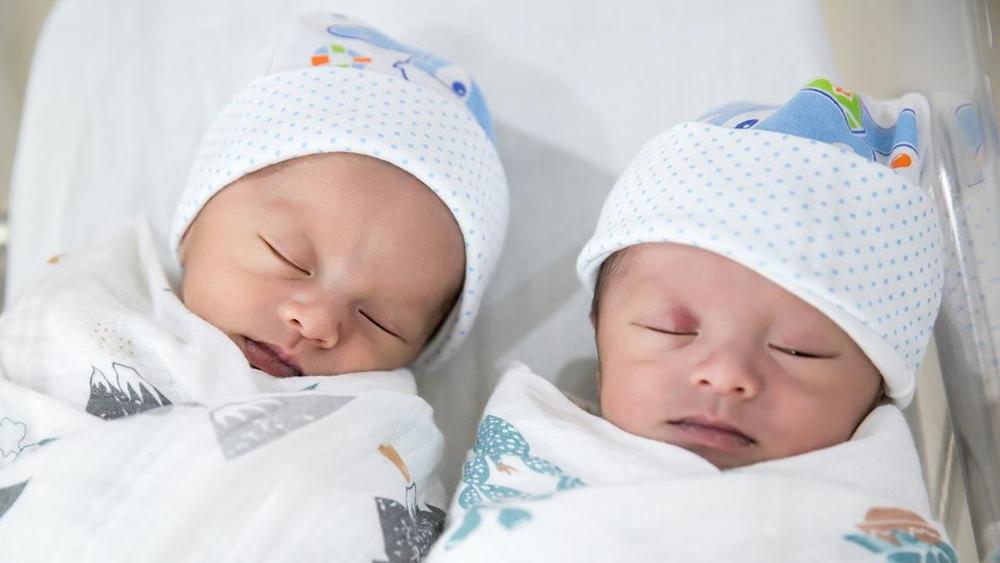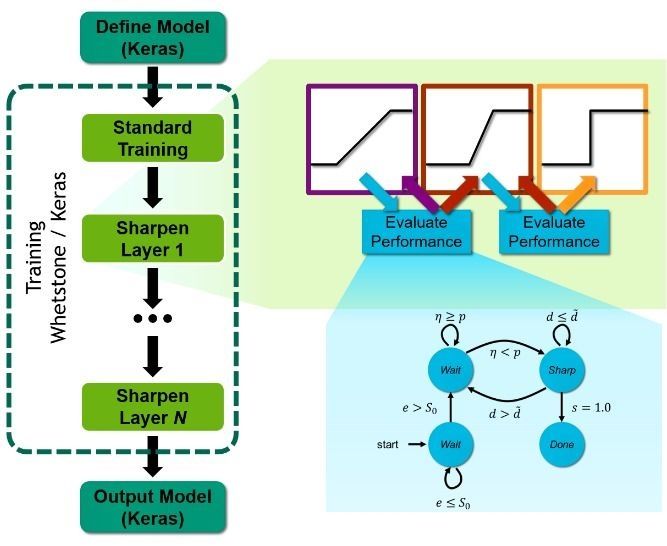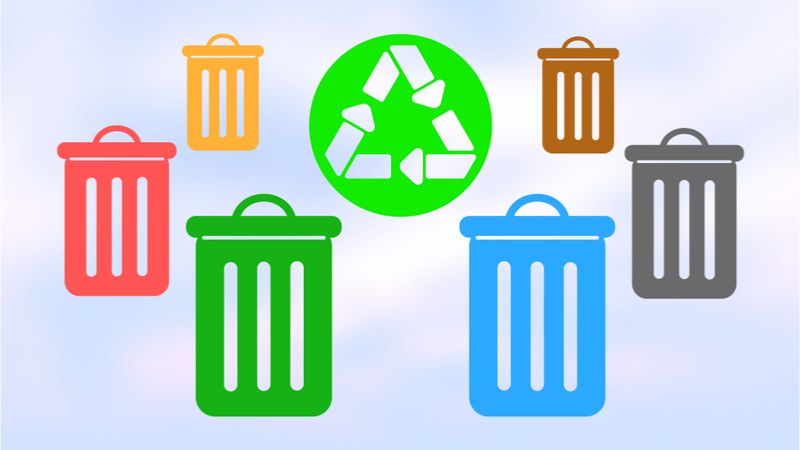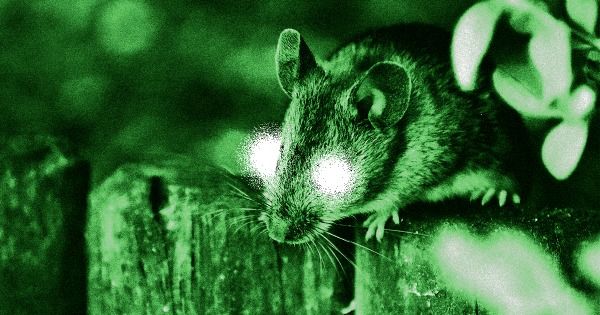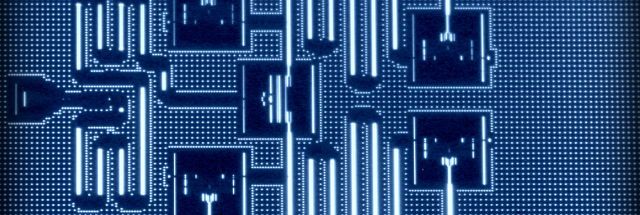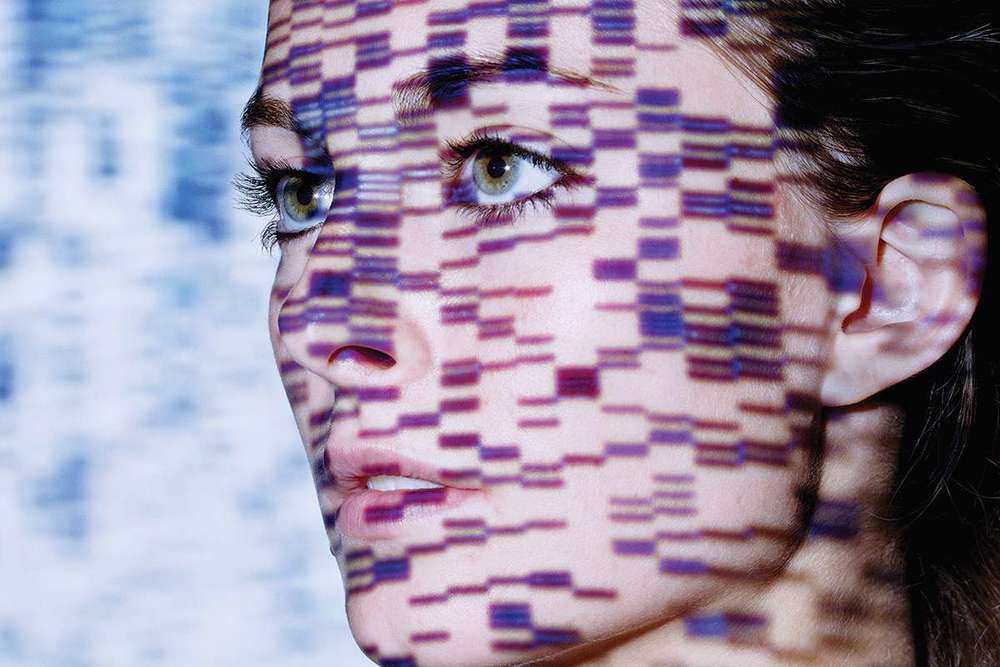A rare set of semi-identical twins – only the second set ever reported in the world – have been identified in Australia.
The now 4-year-old boy and girl from Brisbane share all of their mother’s DNA but only a part of their father’s DNA, making them identical on their mother’s side but fraternal on their father’s, a statement detailing the discovery said.
This was also the first time semi-identical twins have been identified during pregnancy, according to a case report recently published in the New England Journal of Medicine.
